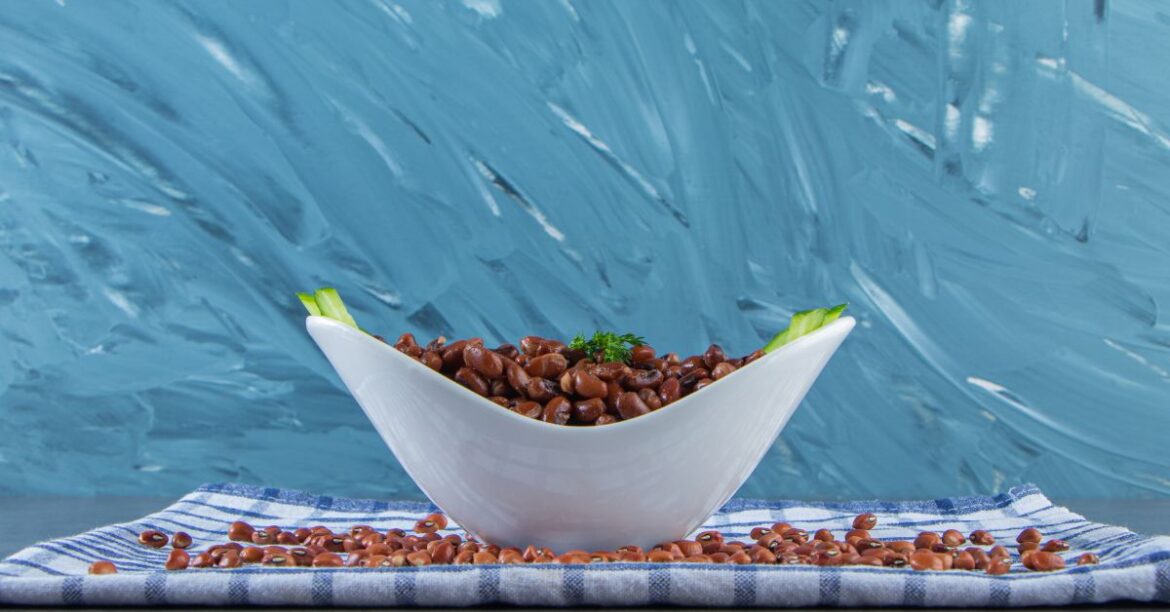Soaking beans is a common method to reduce cooking time and enhance digestibility. However, there is always the question: can you oversoak beans? While soaking beans is necessary for optimal texture and flavor, is there a limit to how long you can leave them in water? In this article, we’ll explore the science behind soaking beans, the risks of oversoaking, and tips for achieving the perfect soak every time. Whether you’re cooking black beans, kidney beans, or chickpeas, understanding the process can help you avoid common cooking mishaps.
What Happens When You Soak Beans Too Long?
When it comes to soaking beans, timing matters. While soaking beans for too long might not completely ruin them, it can lead to several undesirable consequences.
Here’s a breakdown of the effects of oversoaking beans:
-
Texture Problems: Oversoaking beans causes them to become overly soft and mushy when cooked. This happens because the beans absorb too much water, which makes them break apart easily.
-
Nutrient Loss: Prolonged soaking can lead to the leaching of nutrients, particularly water-soluble vitamins and minerals, which could affect the nutritional value of the beans.
-
Flavor Changes: Excessive soaking may dilute the beans’ natural flavor, making them less enjoyable to eat.
-
Spoilage Risk: If beans are left to soak for too long at room temperature, they may begin to ferment, leading to an unpleasant sour taste or even foodborne illness Garlic Clove .
How Long Should Beans Be Soaked?
The ideal soaking time for beans depends on the type of bean and the soaking method you use. Here are some general guidelines for soaking beans:
-
Overnight Soak: For most beans, soaking overnight for 8-12 hours is sufficient. This method allows beans to soften and begin the sprouting process, which aids in digestibility.
-
Quick Soak: If you’re short on time, you can use the quick soak method. Bring beans and water to a boil for 2-3 minutes, then remove from heat and let the beans sit for 1 hour.
-
No Soak: Some beans, such as lentils, do not require soaking and can be cooked directly.
If you leave beans soaked for more than 12 hours, you may begin to experience some of the negative effects mentioned above.
The Science of Soaking Beans: Why Timing Matters
Understanding the science behind soaking beans can help you avoid the consequences of oversoaking. Beans contain natural compounds that can interfere with digestion, like oligosaccharides. Soaking helps to leach these compounds out, making the beans easier to digest. However, leaving beans submerged for too long can lead to excessive nutrient loss.
-
Antinutrients: Soaking beans helps reduce antinutrients like phytic acid and tannins, which can affect the absorption of minerals in the body. But if beans are soaked too long, these compounds may dissolve into the water, decreasing their effectiveness.
-
Enzyme Activation: Soaking beans activates certain enzymes that help break down starches and proteins. However, over-soaking may deactivate these enzymes or cause them to become overly active, resulting in poor texture.
Can You Reuse Soaking Water for Cooking Beans?
While soaking water may contain some nutrients and antinutrients, it is generally best to discard it. Using soaking water for cooking can result in a bitter flavor and potentially carry over some of the undesirable compounds.
Here’s how to deal with soaking water:
-
Use Fresh Water: After soaking, drain and rinse beans thoroughly before cooking them in fresh water. This helps remove any residual chemicals and improves the flavor.
-
Make Soup or Broth: If you’re planning to make soup, you may want to keep the soaking water for added flavor, but be sure to taste it before incorporating it into your recipe.
Tips for Soaking Beans Effectively
To ensure you’re soaking your beans properly, follow these tips:
-
Use Enough Water: Beans will expand as they soak, so ensure that there’s enough water to cover them by at least 2-3 inches.
-
Check for Freshness: Always use fresh beans that aren’t too old. Older beans may require longer soaking times.
-
Store Beans in the Fridge After 12 Hours: If you cannot cook your beans within 12 hours, transfer them to the fridge to prevent fermentation.
-
Consider Using Baking Soda: Adding a pinch of baking soda to the soaking water can help soften the beans more quickly, but it should not be done for long periods, as it may affect the flavor.
FAQs
Q: Can I cook beans without soaking them?
A: Yes, you can cook beans without soaking, but it will take longer to cook them. Some beans, like lentils, don’t require soaking at all.
Q: How long is too long to soak beans?
A: Generally, beans should not be soaked for more than 12 hours. Beyond that, they may become too soft or start to ferment.
Q: Can I soak beans for 24 hours?
A: It’s not recommended to soak beans for 24 hours, as they may begin to ferment, especially if left at room temperature. If necessary, soak them in the fridge.
Q: Can you soak beans for 48 hours?
A: Soaking beans for 48 hours is excessive and can lead to spoilage. Beans should be soaked for no more than 12 hours at room temperature.
Q: What is the best way to store soaked beans?
A: If you’re not ready to cook soaked beans, store them in the fridge for up to 2-3 days. Alternatively, you can freeze them for long-term storage.
Conclusion
In conclusion, the key to soaking beans is moderation. While soaking beans is beneficial for reducing cooking time and enhancing digestibility, oversoaking them can result in texture and flavor issues, as well as nutrient loss. Stick to the recommended soaking times for each type of bean, and always store beans properly to ensure the best results.




